Leading a Virtual Film Discussion in 7 Steps
Film discussions can spark meaningful conversations, even when you can't meet in the same room.
Film discussions can spark meaningful conversations, even when you can't meet in the same room.
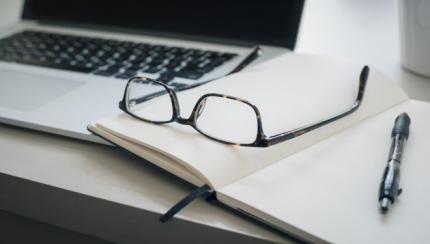
The Augusta-Richmond County Public Library's webinar series teaches people how to market their own small business from home.
ALA’s Public Programs Office is looking for unique virtual programs for an upcoming book.
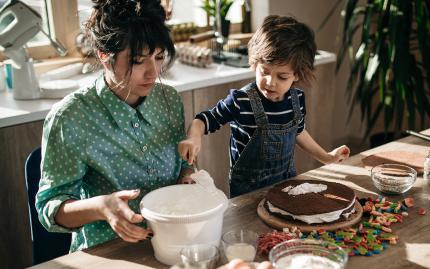
In the style of Netflix's "Nailed It!," Emmet O'Neal Library hosts a raucous cake-decorating contest.
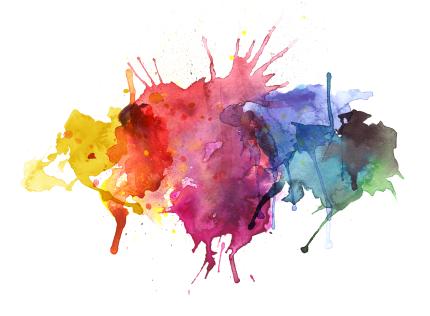
Boyertown Community Library hosts an online display of art made by community members.
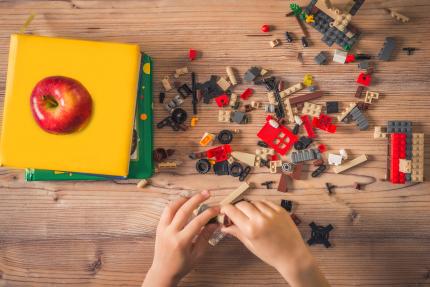
Seneca Falls Library invites kids to watch a Zoom story time and make Lego creations inspired by the story.
How can we utilize the online tools we might already know how to use for programming during the COVID-19 pandemic?
Libraries are turning to videoconferencing during the pandemic, but there are risks — like Zoombombings.
Librarian Monique Sugimoto encourages residents to document and share their experiences from the pandemic.
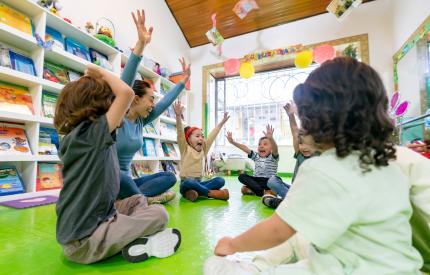
One thing is certain right now: kids are home, and parents are tired. Connect with them through Facebook Live.